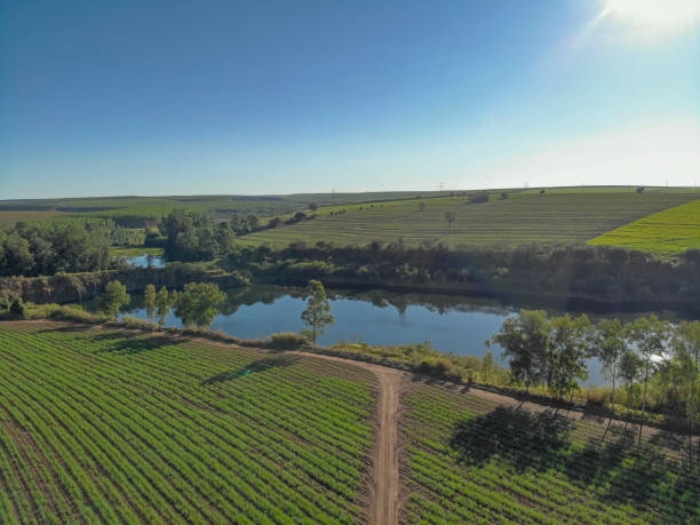
A Singular Terroir
The vineyards of Chablis grow in a semi-continental climate known for its chilly winters, punishing spring frosts and temperate summers. In this cool climate, the vines thrive due to their mainly south facing slope side exposures.
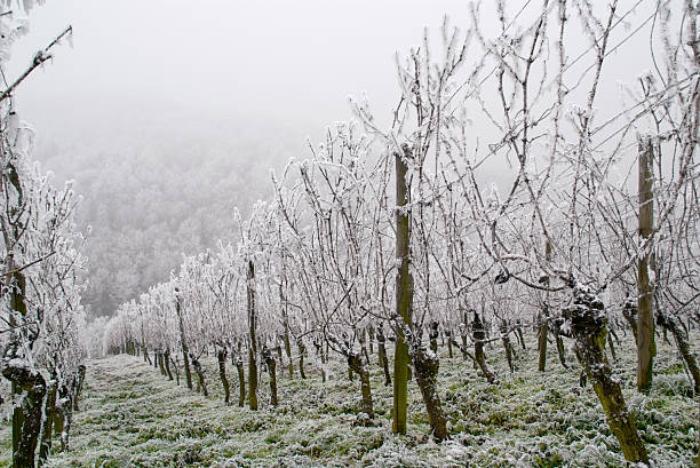
While the climate of Chablis is important to understanding the wines, even more significant is its soil. “The wines of Chablis have one sole religion: the Kimmeridgean” explains French wine writer and Bourgogne expert, Jacques Fanet.
Many millions of years ago, Chablis lay under a shallow, tropical sea. Overtime, the skeletal remains of marine organisms deposited on the ocean floor were compressed into limestone. Periodic erosion on areas of exposed land led silty clay to sink into the water, mixing with the limestone to form marl.
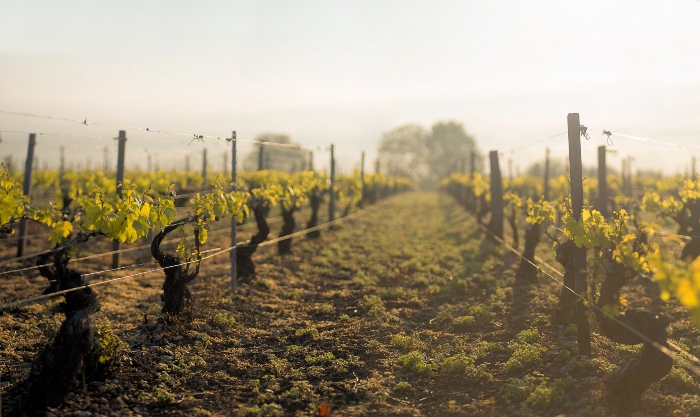
The Kimmeridgean soils of Chablis are these alternating bands of pure chalky, limestone, teeming with Exogyra virgula fossils (small comma-shaped oysters), with layers of marl. This Upper Jurassic era soil type is to be found in all of Chablis’ best vineyards. It is thought to be the key factor behind the wines’ classic flinty, oyster shell aromas and salinity of flavour.
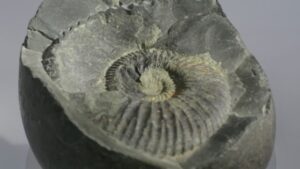
A Precise Vineyard Hierarchy
There are four appellation (AOC/P) tiers in Chablis, based on the quality of vineyard sites. On the cooler hill tops and plateaux, where Portlandian limestone soils are more common (weathered limestone, with less clay and marine sediments), the wines are classified as Petit Chablis. They tend to be crisp, fruity, unoaked early drinking wines.
The next level up is by far the largest and is simply called Chablis. This appellation covers wide swathes of gentle, rolling hills throughout the region. Styles can vary but Chablis wines tend to have subtle minerality, lively acidity, and discreet citrus, orchard fruit flavours.
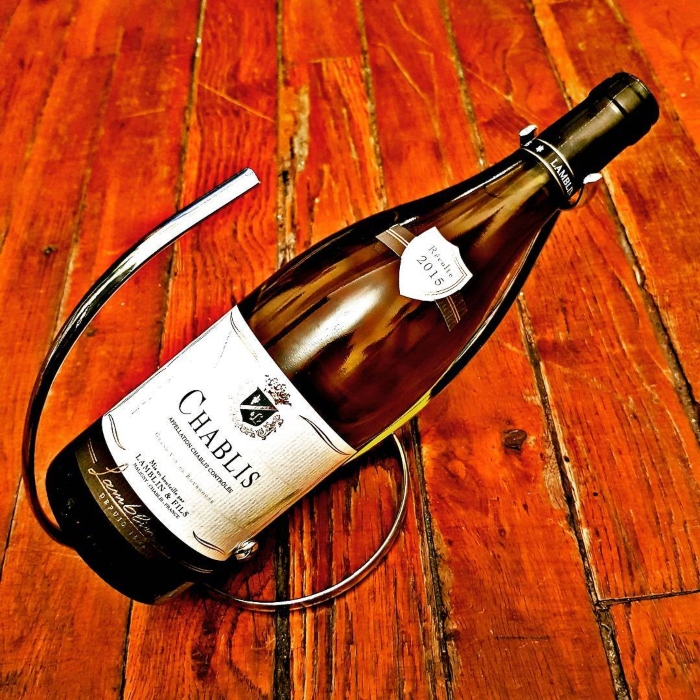
More complex, concentrated wines are to be found from the Chablis Premier Cru AOC. This designation covers 40 specific vineyard plots (referred to as climats in Bourgogne). Premier Cru vineyards on the left bank (ie. west of the river) tend to face south-east exposing them to gentle morning sun. They are often more taut and racy. In comparison, right bank Premier Crus, facing south-west to the warmer afternoon sun, are generally riper and more opulent.
The Chablis Grand Cru AOC is reserved for just seven climats on the right bank of the Serein, overlooking Chablis town. They grow in one continuous line on a steep slope, facing south and south-west. Here, the Kimmeridgian soils are very close to the surface. The wines are powerful, steely, and highly complex with impressive ageing potential.
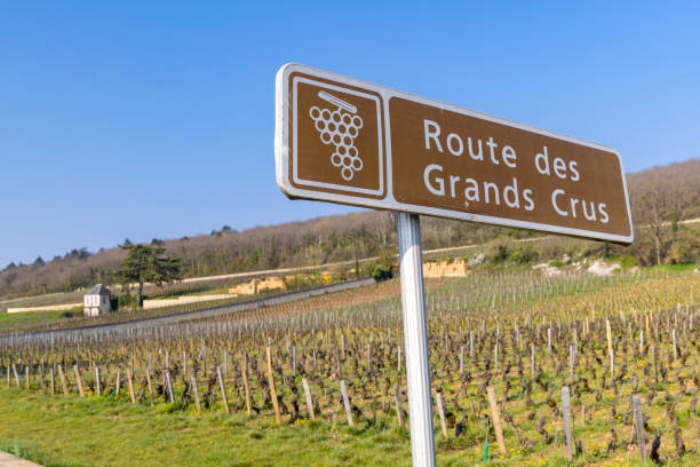
To preserve their purity of flavour, freshness, and verve, most Chablis wines are unoaked. Only in the Premier and Grand Cru tiers, do we see subtle use of French oak to add to their depth of texture and flavour.
by Jacky Blisson MW

Jacky Blisson MW is an independent wine educator, writer, and consultant with over two decades of experience in all facets of the global wine trade. She is the first Master of Wine in Québec and one of only ten across Canada.

